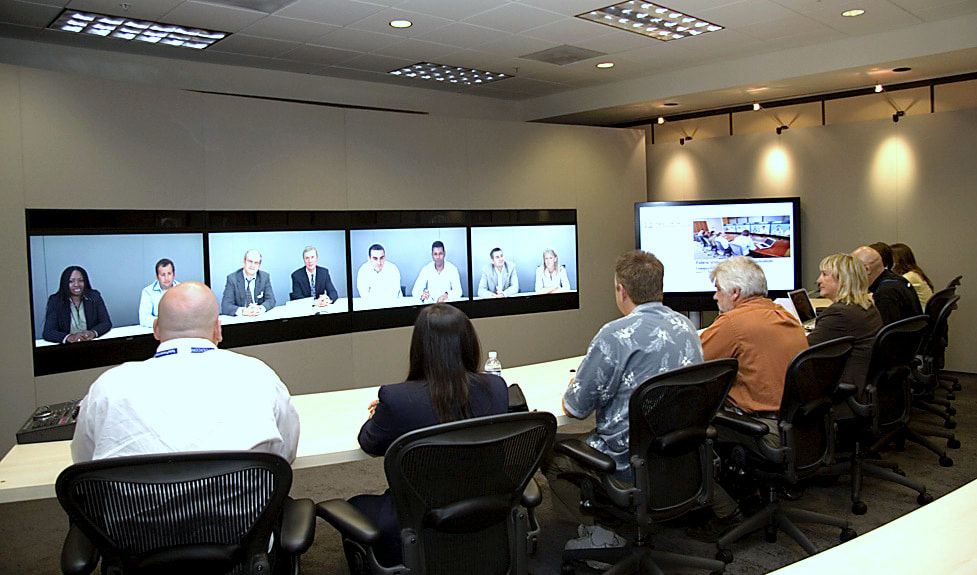The Effect of Surveillance CCTV on Dissuading Criminal Behavior and Enhancing Community Safety
Wiki Article
Surveillance cameras have become a frequent presence in many communities, educational institutions, and businesses. Their presence is often associated with increased security and a decrease in criminal activity. The primary function of these devices is to observe activities in public spaces, which can help discourage illegal behavior. When potential criminals see a security camera, they may think again before engaging in a crime, realizing that their conduct are being captured. This preventive impact is one of the main reasons why neighborhoods invest in monitoring technology.
Research has demonstrated that locations fitted with surveillance devices often experience a decrease in illegal activity. For example, studies suggest that communities with visible surveillance systems report fewer incidents of vandalism, burglary, and other crimes. This reduction can be linked to the increased chance of being identified on video, which serves as a strong incentive for individuals to avoid criminal conduct. Additionally, the presence of cameras can boost the feeling of safety among community members, making them more likely to engage in community events and feel secure in their environment.
In furthermore to preventing crime, surveillance cameras can also play a crucial part in investigating offenses that do happen. When a crime is perpetrated, video from security cameras can provide valuable evidence for police. This information can help identify suspects, establish chronologies, and explain the details of an incident. As a consequence, surveillance devices not only help prevent crime but also assist in the inquiry and legal action of criminals. This dual function makes them an essential tool for ensuring public safety.
Moreover, the implementation of surveillance cameras can promote a feeling of responsibility among community members. When people are aware they are being monitored, they may be less likely to engage in undesirable behaviors, such as polluting or loitering. This heightened responsibility can lead to a more respectful and accountable community environment. In addition, surveillance cameras can encourage positive interactions among residents, as they may feel more at ease realizing that their community is being watched for security.
While surveillance devices offer many advantages, look at this now it is important to consider privacy concerns. Some individuals may feel uneasy with the idea of being constantly monitored. Therefore, it is vital for neighborhoods to find a compromise between security and personal rights. Transparent policies on the implementation of surveillance devices, including the locations they are installed and how the video is managed, can help mitigate these issues. By encouraging transparent dialogue and clarity, neighborhoods can guarantee that surveillance devices serve their primary function of improving safety while respecting personal privacy.
